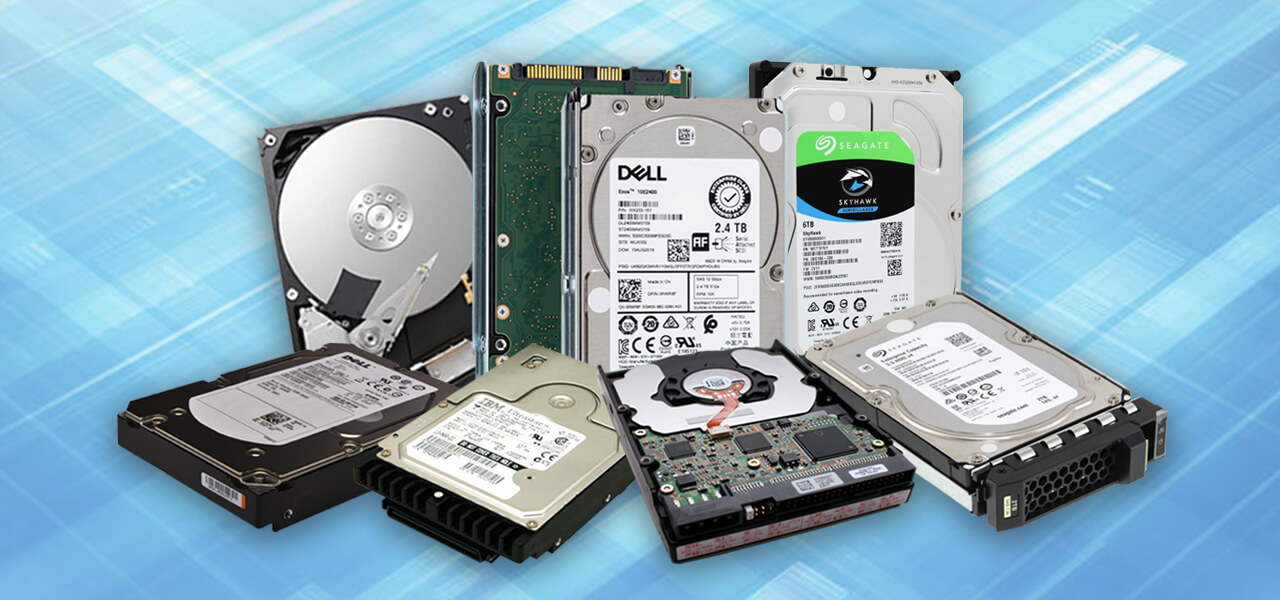SCSI vs SAS Hard Drives: Which One Is Better?
There are terminologies related to hard drives that are not familiarly used and hard to understand. Speaking of which, many individuals find it hard to keep up with the tech jargon and depend on external sources – such as IT personnel, and the internet – to gain the requisite knowledge. However, not having accurate information only increases ambiguities and raises additional issues.
Let’s take the example of SCSI and SAS hard drives, apart from the tech-savvy individuals, no one would have the slightest of an idea about what these things are. In addition, having information about these components is crucial no matter you’re just a common PC user or running an IT business.
Choosing a SCSI or SAS needs to be a thoughtful decision as both components have a different set of features, and for optimum functionality, they must match to the interface used in the backplane of your server or storage controller. Before buying a new or refurbished hard drive, you must have the necessary information so you don’t end up making the wrong decision. Sibbex stocks a huge collection of used hard drive and you can find the best deals at incredible prices.
To abridge your learning curve, our tech experts would like to share essential information about the subject in the spotlight. In this blog, we’ll discuss the two hard drives, their differences, and find out which one’s the best for your storage environment.
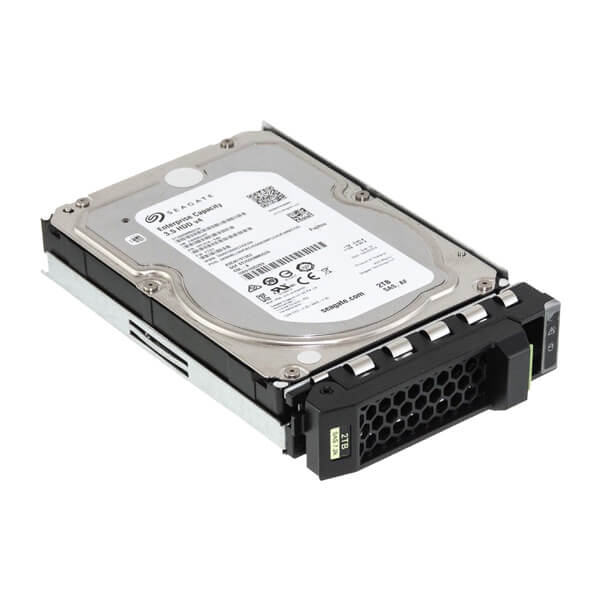
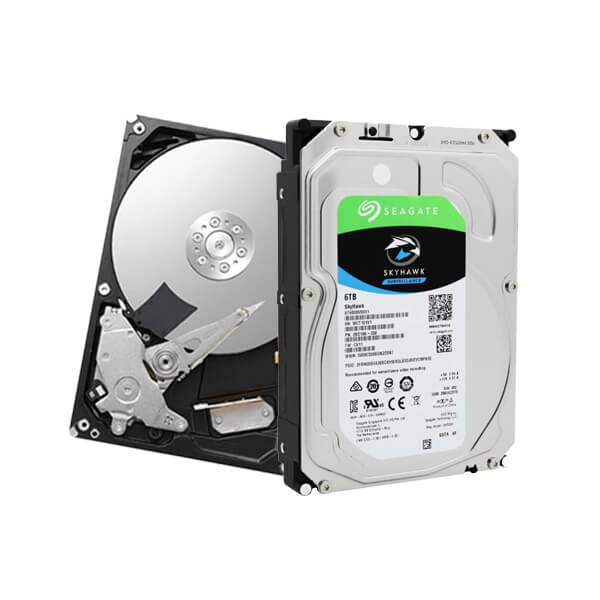
SCSI Hard Drive
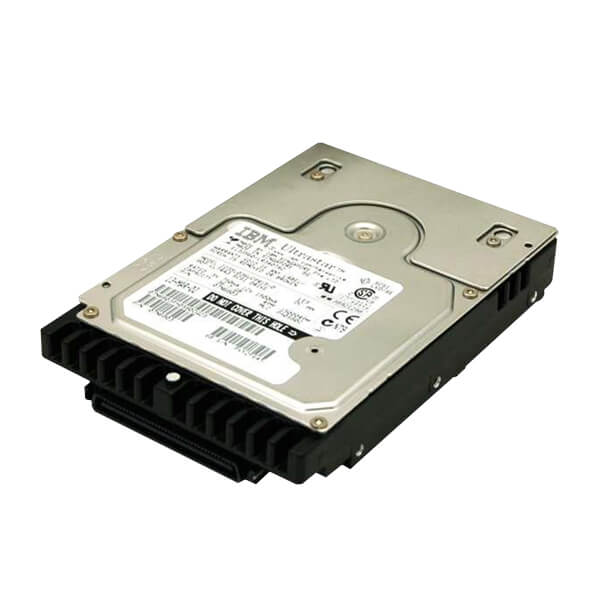
SCSI stands for small computer system interface and they’re also known as scuzzy. For over 20 years, they’ve played a major role in enterprise computing and created a benchmark in the same paradigm. Albeit their unparalleled role in the significant industry, they aren’t quite popular when it comes to meeting the large storage demands. It must be noted that the last generation of the SCSI hard drives offered limited storage capacities of 36 GB, 73 GB, and 146 GB. It is also a considerable challenge that SCSI comes with a limited BIOS system, which implies that each system needs to be configured separately if many machines need configuration at the same time.
On the contrary, the hard drive is a fast bus and has the ability to connect to many devices including tape drivers, scanners, printers, CD ROM, and other support devices as well. Having a noticeable small storage capacity, these hard drives make up for it with incredible speed. They offer up to 10,000 or 15,000 rotations per minute (RPM) which indicated higher processing data – much faster as compared to the desktop hard drive which only functions at the 5400 or 7200 RPM. In addition, they feature a transfer speed of about 5120 Mbit/sec.
Indeed, SCSI is a great hard drive option for all the applications that need to be accessed quickly and are mission-critical.
SAS Hard Drive
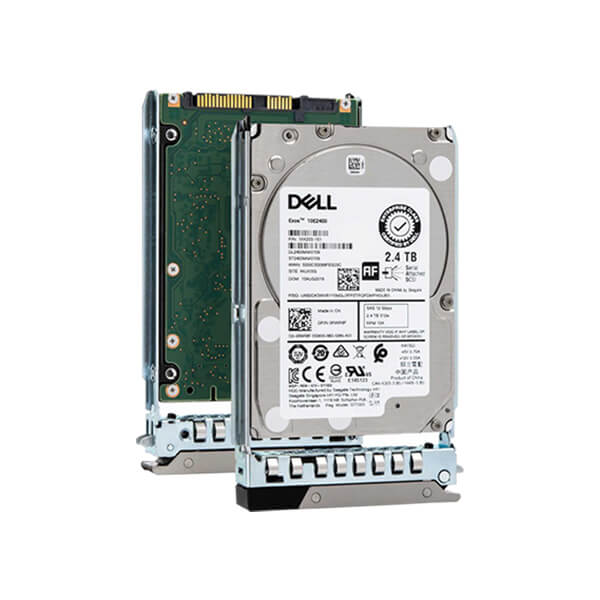
SAS hard drives stand for the Serial Attached SCSI and are an empowered version of the SCSI drives. They offer comparatively higher transfer higher speeds, 3 to 6 Gbits. and come with thinner cables and get easily connected with the SATA drives. Being available in multiple form factors up to 2.5”, they can be conveniently used in compact systems – which SCSI lacks as it’s only available in 3.5” size.
SAS scored more points with a duplex mode that allows uninterrupted transmission of the data at the same time. In addition, it features an additional port that offers the needed path for communication when a single functional path fails. On top of that, these hard drives meet the larger storage demands offering up to 600 GBs and maintain transfer speeds from 10k to 15k.
If in your day-to-day use, you mostly execute critical loaded applications, then SAS is a better choice for you in every way. Having a higher price range than SCSI, they’re hard to afford but the best option for real-time access applications.
How To Make The Best Choice?
So the bottom line is that your PC usage and IT requirements can vary, and you must consider the following differences before buying a new or refurbished hard drive for your system.
- Speed and the transfer rate
If you’re looking for a high speed and transfer rate, SAS is the better option.
- Capacity
If you need a storage capacity under 300 GB, SCSI will do the job for you. Otherwise, choose SAS for a storage capacity of more than 300 GB.
- Price
SAS hard drives come in a higher price range as compared to SCSI components in the market. If you’re not restricted by the limited budget, opt for SAS hard drives, otherwise SCSI is an affordable option for you.
Lastly, please note that a server that takes SCSI drives won’t connect to other drives, whereas a server that takes SAS will also be able to take other hard drives.
Hope the above information will help you in determining which hard drive is best for your system. It’s our job to keep you well-informed about the PC components, tech gadgets, and accessories – Stay updated with Sibbex!
